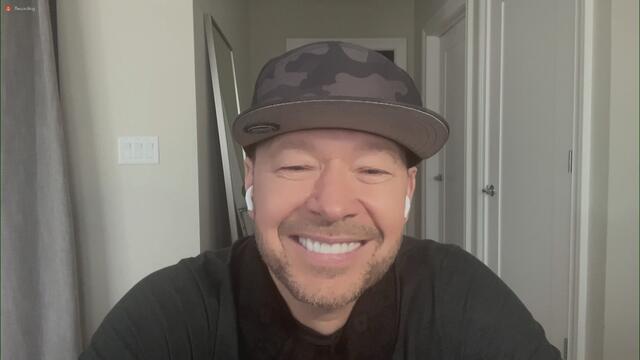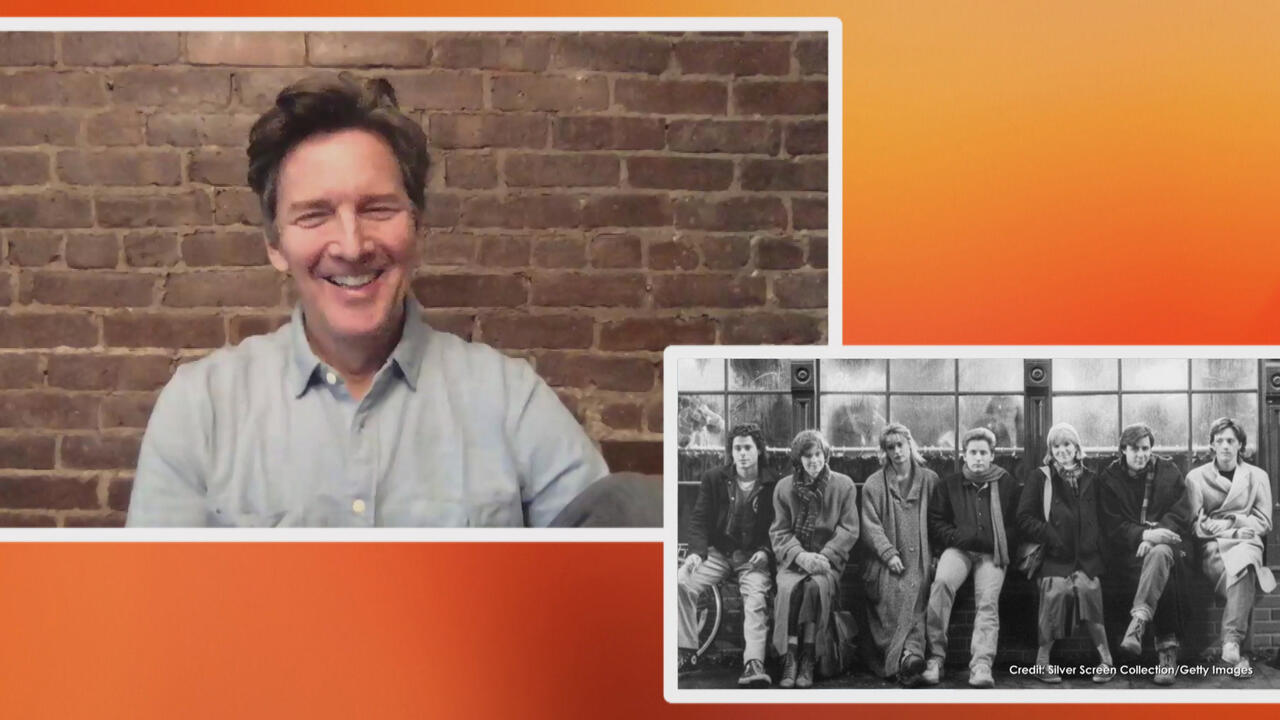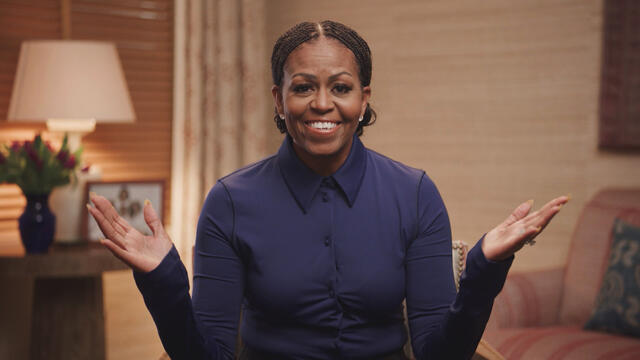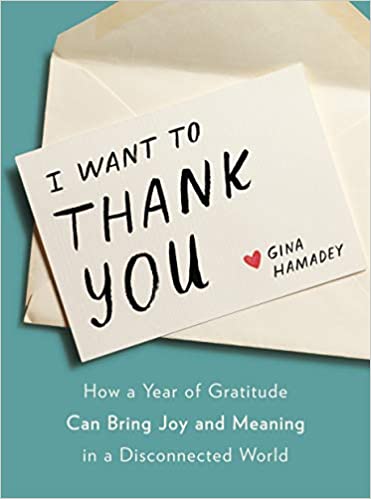

Former Rachael Ray Mag Editor Wrote 365 Thank You Letters In One…

Q&A with Organizational Pro Peter Walsh + Dermatologist Shares A…

Actor Hank Azaria + Freezer Meals + Artichokes 2 Ways with Rach

See Inside Barbara Corcoran's Stunning NY Apartment + It's Steak…

How to Make Chicken and Lobster Piccata | Richard Blais

Donnie Wahlberg Spills Details About NKOTB's First Ever Conventi…

Donnie Wahlberg + Jenny McCarthy Say Rach Is Such a "Joy" + Look…

The Best Moments From 17 Seasons of the Show Will Make You Laugh…

How to Make Crabby Carbonara | Rachael Ray

Rach Chats "Firsts" In Flashback From Our First Episode Ever In …

How to Make Apple-Cider Braised Pork Chop Sandwiches with Onion …

Rach's Chef Pals Say Goodbye to Show in Surprise Video Message

How to Make Sesame Cookies | Buddy Valastro

How to Make Tortilla with Potatoes, Piquillo Peppers and Mancheg…

How to Make Shrimp Burgers | Jacques Pepin

How to Make Spanakopipasta | Rachael Ray

Andrew McCarthy Chokes Up Discussing Emotional Trip to Spain wit…

Celebrity Guests Send Farewell Messages After 17 Seasons of the …

Celebrity Guests Send Farewell Messages After 17 Seasons of the …

Andrew McCarthy Teases Upcoming "Brat Pack" Reunion Special

Michelle Obama Toasts Rach's 17 Years on the Air With a Heartfel…
Each product has been independently selected by our editorial team. We may receive commissions from some links to products on this page. Promotions are subject to availability and retailer terms.
If you've been tuning into our at-home shows over the past year, you've probably heard Rach talking about how important it is for her to set aside time every week to respond to as many letters as she can. "I make a project of gratitude and I try to write back to as many folks as I can," Rach says.
That's just one of the many reasons why Rach is so excited about her friend Gina Hamadey's book, I Want to Thank You: How a Year of Gratitude Can Bring Joy and Meaning in a Disconnected World.
"She is more than worthy of a thank you note from me," Rach says. Gina helped launch Rachael's magazine over 15 years ago as the first-ever editor!
"It started because I had a stack of thank you notes to write, and it wasn't something I was necessarily looking forward to. But as I was sitting and writing, this feeling of calm and peace fell over me. It made me feel so good that I launched this whole year project," Gina explains. "Every month I turned to a new group of recipients and wrote, in total, 365 thank you notes." One month was career mentors (when she wrote Rach a letter!), the next was friends, another was neighbors, and so on.
Does Gina still write thank you notes now that those 365 days are up? "Spending that year focused on this did create a practice," she says. "More writing and also just more expressing of gratitude."
If you're interested in writing your own letters of gratitude, Gina has some tips to help you get started, based on what she took away from her year-long experience.
Gina's Advice For Writing Your Own Gratitude Letters
1. Don't Overthink It
"Don't worry about sounding beautiful, don't worry about sounding like poetry. Don't overthink it. Just write from the heart. Focus on the person and the memory for a moment. Use specific language — that's it."
2. There's No Statute of Limitations
The big difference between these gratitude letters and a traditional thank you note (something like thank you for the gift, for example) is that "these are more thank you for something you did or something you said, and there's truly no statute of limitations on that," Gina says.
"Actually, the more time that goes by, the more it means. You're saying that memory survived and you're sharing how it still resonates."
3. Don't Be Afraid To Template
Gina shares how she turned old photographs into postcards, and the beginning of each of those postcards started the same way: "Remember when we were young and carefree?"
"Your friends aren't going to compare notes," she points out. "Then you have an opportunity to get more specific. In the second and third sentence, I spoke about the memory that the photograph brought up. It's not that I wrote the same note."
"It's OK to give yourself that little bit of help and start in the same way," Gina continues. "You know the first sentence, so you start there, and then it kind of flows from there. Don't be afraid to be loose, say what's on your mind. Say it the way you talk."



